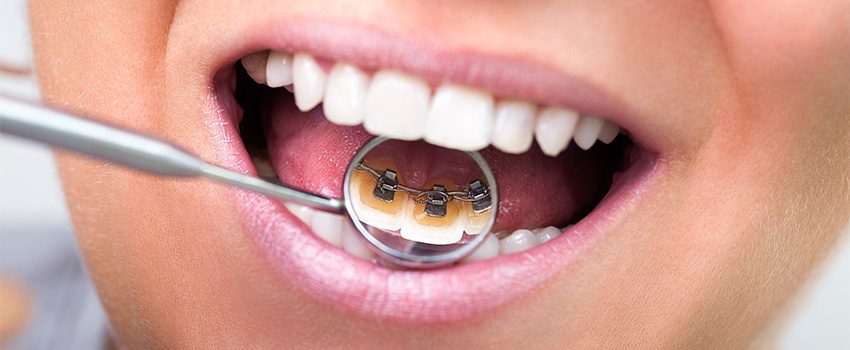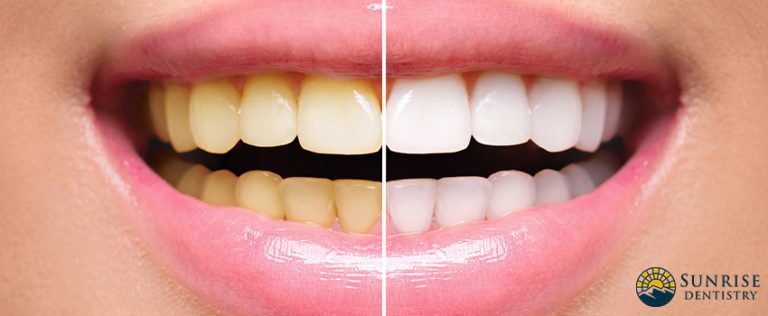While lingual braces are nothing new in the field of dentistry, specifically in orthodontics, people still have numerous questions about this treatment. Like all other procedures used to straighten teeth, hidden braces have their own advantages and disadvantages. Read on to know more.
What Are Lingual Braces?
Lingual braces are placed behind the teeth, rather than in front, and this offers an excellent alternative for people who want to straighten their teeth without the brackets showing.
Like traditional braces, this treatment works by applying gentle yet continuous force on the teeth to slowly move them into the right position.
Things You Need to Know About Lingual Braces
1. Types
There are several types of lingual braces. Your choice of brand should depend upon your orthodontist’s recommendation as well as your preference. Regardless of the developer, the device will work in the same way. The main difference will be in the design and how the brackets are cemented at the back of your teeth. Some of the most popular brands include Incognito, In-Ovation, and iBraces.
2. Duration of Treatment
The process for lingual braces involves taking an impression of your teeth, which is then sent to a laboratory. This pattern will be used to create customized brackets. The process will take about 6 weeks, and once complete, you will be soon scheduled for the cementation of the brackets.
The treatment can take anywhere from 18-36 months, depending on the severity of crowding, as well as your bite.
3. Cost
Braces are definitely worth the investment! However, hidden braces sometimes require customization to fit every tooth perfectly, which makes them more expensive. Lingual braces cost $5,000 or more.
4. Food Restrictions
Similar to traditional braces, you will have to avoid biting hard food such as apple or cob corn, as they could break the brackets. You also have to be careful when eating sticky foods like caramel and candies because they easily stick behind the braces and are very difficult to brush off.
Experts recommend dairy products, grains, vegetables, and softer fruits. Meat should be cut into smaller pieces. You can check a lingual braces review to get more tips from an actual patient.
5. Hygiene Requirements
As with any orthodontic procedures, good oral hygiene is important to prevent tooth decay and gum diseases. You should:
- Brush your teeth twice daily for at least 2 minutes;
- Use a soft round-bristle toothbrush;
- Floss daily to remove debris and plaque between teeth; and
- Rinse with a fluoride solution to strengthen teeth.
Lingual braces may irritate your tongue. Use wax against the lower teeth to cover the brackets and help prevent soreness.
Professional dental cleanings every 6 months are also highly recommended.
6. Comparison to Other Invisible Braces
Lingual braces are not the only invisible option, but they are the only semi-permanent solution. Tray-style straightening techniques like Invisalign are removable. You have to remember to wear it for a certain amount of time daily for it to be effective. Invisalign is also made of plastic, which cannot fix severe cases. It also requires more frequent dental visits.
7. Flexibility
Lingual braces are more flexible. If you do not have any underlying medical conditions like an irregular bite, your orthodontist can just add brackets only on the teeth that need straightening. Purely cosmetic treatment is also not as expensive as the usual lingual braces cost because brackets are not required for all teeth.
Hidden braces are a perfect tool for straightening teeth and dealing with more severe dental problems. They are almost completely invisible, hence perfect for people whose social or professional situation might make traditional braces more uncomfortable.
Unfortunately, not all clinics offer lingual braces because it requires additional training and technical expertise. Sunrise Dentistry represents professionals dedicated to performing orthodontic procedures. For more information, call our Durango or Mancos office at (970) 247-3303 and (970) 533-7204, respectively.





